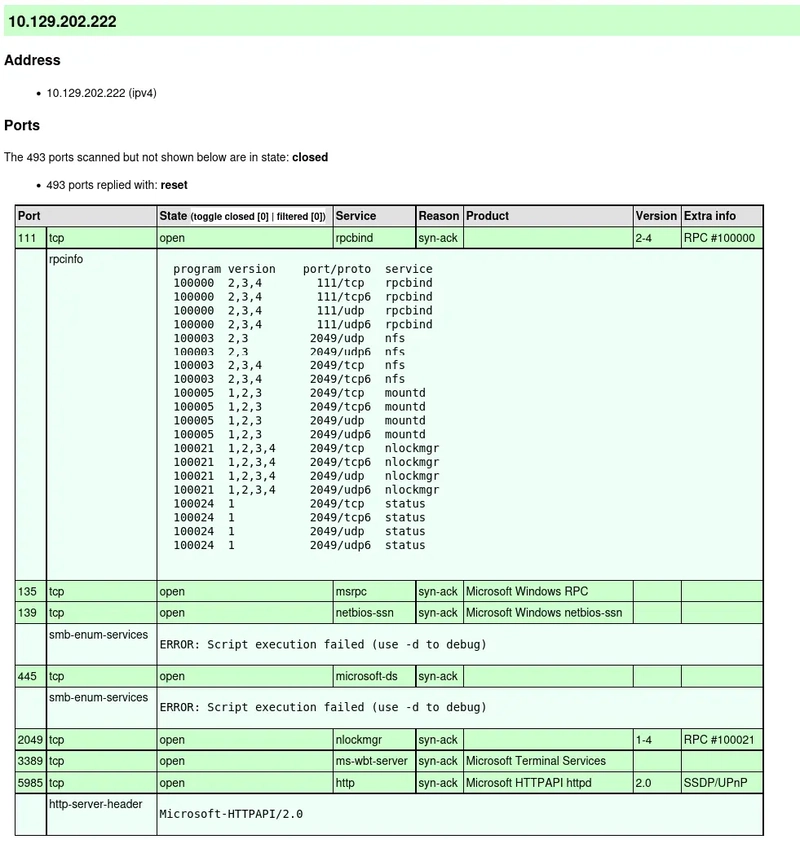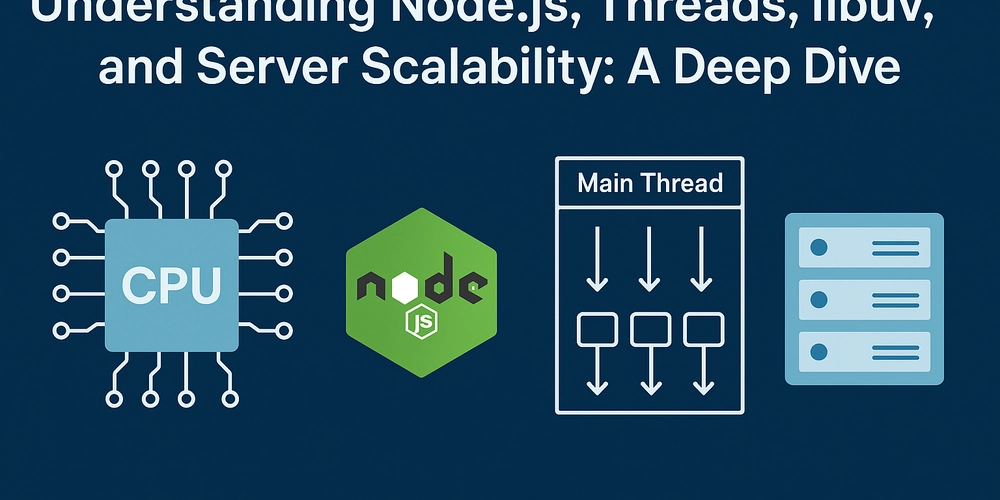How to Use View Transitions API for Seamless Page Animations in Modern Browsers
The View Transitions API is a new web platform feature that enables seamless, native-like page transitions on the web. This API is now available in Chrome and other Chromium-based browsers as of 2023 and is designed to improve the perceived responsiveness of Single Page Applications (SPAs) and even Multi Page Applications (MPAs). What Is the View Transitions API? The View Transitions API lets you animate changes between DOM states using built-in support from the browser. Unlike manually crafting animations with JavaScript or CSS, it handles snapshots and transitions natively, making it smoother and easier to implement. Browser Support This feature is currently supported in Chromium browsers (Chrome, Edge) and is under development in Firefox and Safari. Use feature detection before implementing. if (!document.startViewTransition) { console.warn("View Transitions API is not supported in this browser."); } Basic Example To create a basic view transition: document.querySelector("button").addEventListener("click", () => { if (!document.startViewTransition) return; document.startViewTransition(() => { document.body.classList.toggle("dark"); }); }); With appropriate CSS: html { transition: background-color 0.4s ease; } .dark { background-color: #111; color: #fff; } Animating Specific Elements You can assign custom names to elements you want to animate between states using the view-transition-name property. When the DOM updates (e.g., user clicks to navigate or show different content), the browser will animate the element with the same view-transition-name between states. Using with React To use this in React, you’ll need to manually wrap state changes with the API: function App() { const [dark, setDark] = useState(false); const toggleTheme = () => { if (document.startViewTransition) { document.startViewTransition(() => { setDark(prev => !prev); }); } else { setDark(prev => !prev); } }; return ( Toggle Theme ); } Potential Use Cases Theme switches (light/dark) Page or tab transitions in SPAs Image gallery transitions Multi-page navigation with enhanced UX Fallback Handling Always include a fallback path if document.startViewTransition is not supported, so your app remains functional for all users. Conclusion The View Transitions API is a powerful new tool for modern front-end developers to create smooth and accessible transitions without relying on complex libraries. As browser support improves, it’s poised to become a standard approach for rich user interfaces on the web. Like this post? You can support me here: buymeacoffee.com/hexshift

The View Transitions API is a new web platform feature that enables seamless, native-like page transitions on the web. This API is now available in Chrome and other Chromium-based browsers as of 2023 and is designed to improve the perceived responsiveness of Single Page Applications (SPAs) and even Multi Page Applications (MPAs).
What Is the View Transitions API?
The View Transitions API lets you animate changes between DOM states using built-in support from the browser. Unlike manually crafting animations with JavaScript or CSS, it handles snapshots and transitions natively, making it smoother and easier to implement.
Browser Support
This feature is currently supported in Chromium browsers (Chrome, Edge) and is under development in Firefox and Safari. Use feature detection before implementing.
if (!document.startViewTransition) {
console.warn("View Transitions API is not supported in this browser.");
}Basic Example
To create a basic view transition:
document.querySelector("button").addEventListener("click", () => {
if (!document.startViewTransition) return;
document.startViewTransition(() => {
document.body.classList.toggle("dark");
});
});With appropriate CSS:
html {
transition: background-color 0.4s ease;
}
.dark {
background-color: #111;
color: #fff;
}Animating Specific Elements
You can assign custom names to elements you want to animate between states using the view-transition-name property.

When the DOM updates (e.g., user clicks to navigate or show different content), the browser will animate the element with the same view-transition-name between states.
Using with React
To use this in React, you’ll need to manually wrap state changes with the API:
function App() {
const [dark, setDark] = useState(false);
const toggleTheme = () => {
if (document.startViewTransition) {
document.startViewTransition(() => {
setDark(prev => !prev);
});
} else {
setDark(prev => !prev);
}
};
return (
);
}Potential Use Cases
- Theme switches (light/dark)
- Page or tab transitions in SPAs
- Image gallery transitions
- Multi-page navigation with enhanced UX
Fallback Handling
Always include a fallback path if document.startViewTransition is not supported, so your app remains functional for all users.
Conclusion
The View Transitions API is a powerful new tool for modern front-end developers to create smooth and accessible transitions without relying on complex libraries. As browser support improves, it’s poised to become a standard approach for rich user interfaces on the web.
Like this post? You can support me here: buymeacoffee.com/hexshift









































































